By Sarah Maze, M.S. Ed., Guest Blogger
Rectangles, circles, and squares, oh my! We often think of geometry instruction as a math standard and it is. However, geometry does not have to be isolated to math instruction alone; it can also be incorporated into reading and writing with a relevant leveled reader. Geometry is part of the Common Core State Standards that begin in kindergarten and is important all the way through eighth grade. As the topic of shapes is covered in different subjects, students’ understanding and application of these skills become stronger.
Today we will look at several activities that can accompany a level K book titled Shapes All Around . This book is best suited for second-grade readers. However, the book could be used to accompany geometry instruction in various grade levels as guided reading or independent reading. Let’s look at a few cross-content activities that can be applied in a few sections of this nonfiction book for kids.
Shape Walk
 There is a section called A World of Shapes that raises students' awareness of the shapes all around us. You can take students on a walk around the school campus. Draw their attention to different shapes or ask them to look for specific shapes in specific locations.
There is a section called A World of Shapes that raises students' awareness of the shapes all around us. You can take students on a walk around the school campus. Draw their attention to different shapes or ask them to look for specific shapes in specific locations.
Better yet, take a camera to take pictures of the objects they see. Print the pictures to put at a classroom center as a sort, or you can use the pictures to create a bulletin board that students can refer to while learning.
Make That Shape
In another section of Shapes All Around called "Sides and Vertices, kids will learn about polygons, sides, and vertices. For tactile learners, draw a shape on the board (or show a picture from the shape walk). Ask students to use pipe cleaners, wiki sticks, or Play-Doh to create that shape.
Walk around to monitor their understanding. Make sure that each shape is closed. Students can also be placed in small groups. Call out the name of a shape and have them join hands to create the shape. Count the sides and vertices of each shape and complete a chart.

Name That Shape
Model giving students clues about a shape, and see if they can guess the shape: I’m thinking of a shape that has four sides and four vertices. A door, book, or picture could be this shape. Name that shape.
After practicing this, students can write their own clues as a writing activity. Remind students to use correct capitalization and punctuation. They can read their clues to a partner to see if the partner can name that shape.
 Students could also write their clues out on a piece of paper and draw a picture of the shape at the bottom of the page. Then a piece of construction paper could be glued as a flap to cover the shape. This allows students to see if they are correct after reading their peers’ clues.
Students could also write their clues out on a piece of paper and draw a picture of the shape at the bottom of the page. Then a piece of construction paper could be glued as a flap to cover the shape. This allows students to see if they are correct after reading their peers’ clues.
Visual Discrimination by Attributes
There are two sections in Shapes All Around that help kids understand attributes that do and do not define shapes. Give students pictures or cutouts of different shapes. Ask them to find the shape that doesn’t belong. Focus on using the attributes of the shapes to determine this.
For example, you could use the sentence stem, “The ___ doesn’t belong. It is/has ___ and the others are/have ___.” Here are some examples:
- The blue circle doesn’t belong. It has curves and the others have straight sides .
- The octagon doesn’t belong. It has eight sides and the other shapes have five sides .
There are so many activities that can be incorporated while learning, reading, and practicing geometry. A few other ideas are using sidewalk chalk, shaving cream, or fingerpaint to draw a shape when given clues. You can draw a shape on a paper and allow students a given amount of time to turn the shape into an animal or any picture. Then students can write a sentence or narrative paragraph about their picture depending on their grade level and skills.
Reading and writing can be incorporated into all content areas to support student mastery. Enjoy using some of these activities while teaching geometry. Continue to look for STEM activities that correspond to Hameray’s other books in the new STEM Explorations .
~~~
Sarah is an elementary school teacher who has taught kindergarten, first grade, second grade, and fifth grade. One of her most unique experiences was teaching orphans in Tanzania, Africa for a year. If you like what you read here, be sure to read more by Sarah on our blog .



![Fun Tips to Teach Shapes for Kids [Grades 1–2]](http://www.hameraypublishing.com/cdn/shop/articles/Shapes_activity_Shutterstock_768670750_Nadya_Eugene_95fd1388-0e34-416b-ae1a-5e5d6ca8fa8f_1024x1024.jpg?v=1689961971)







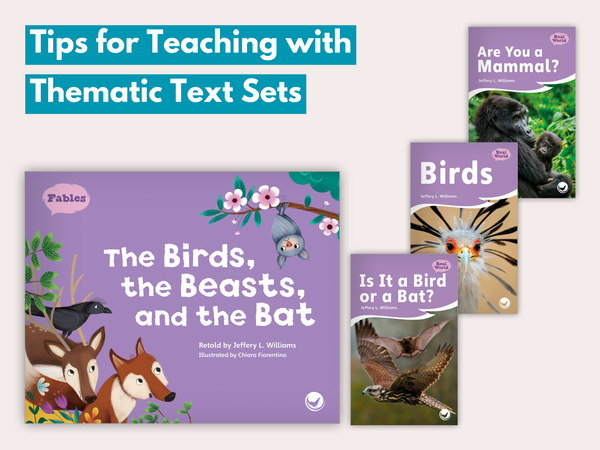
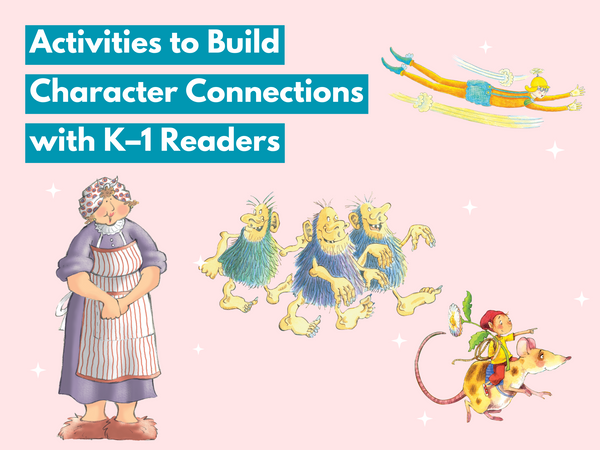
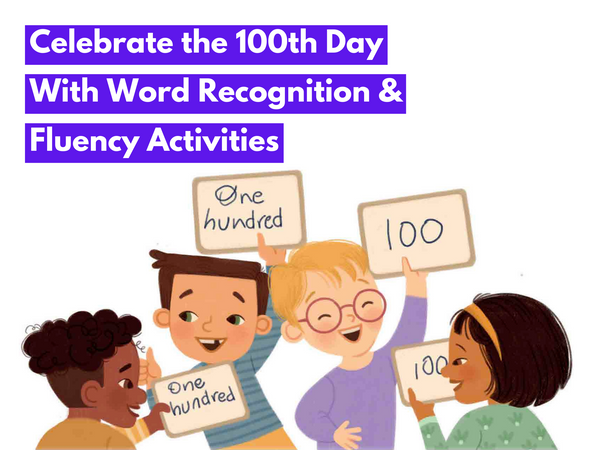

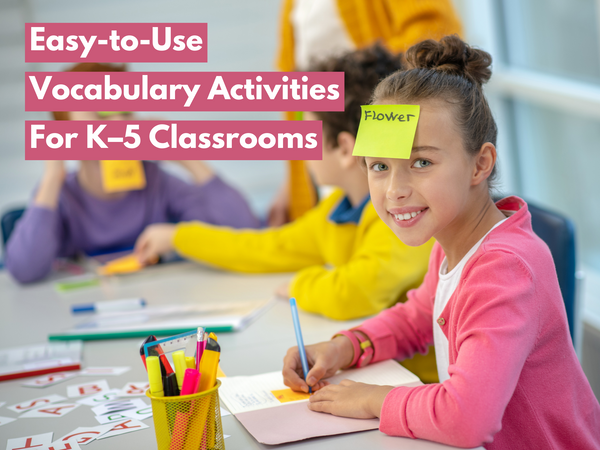
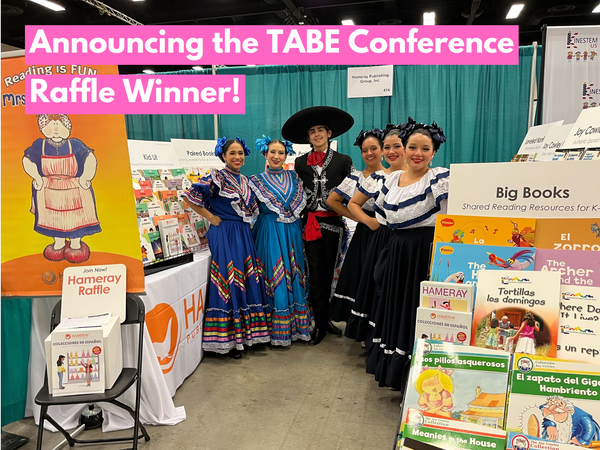
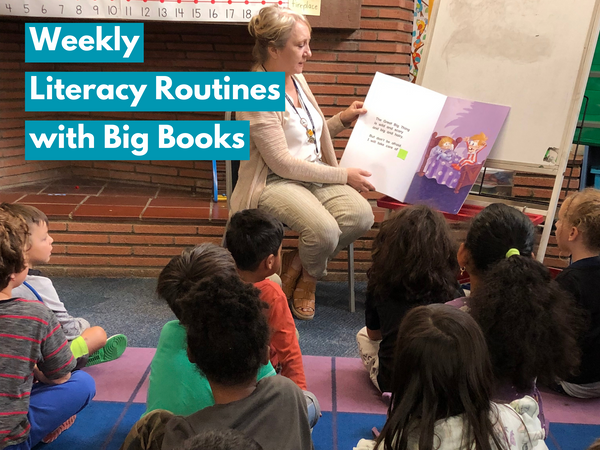
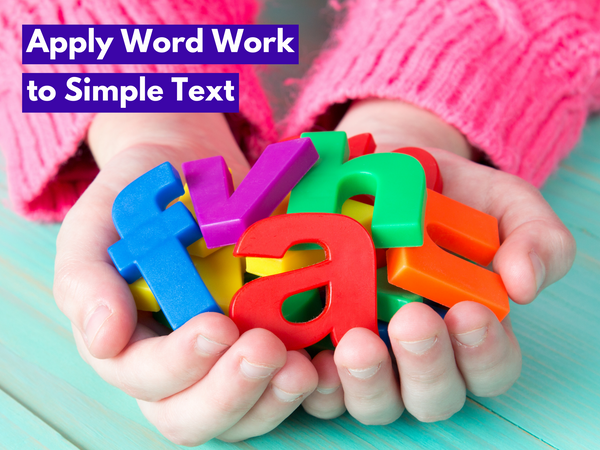
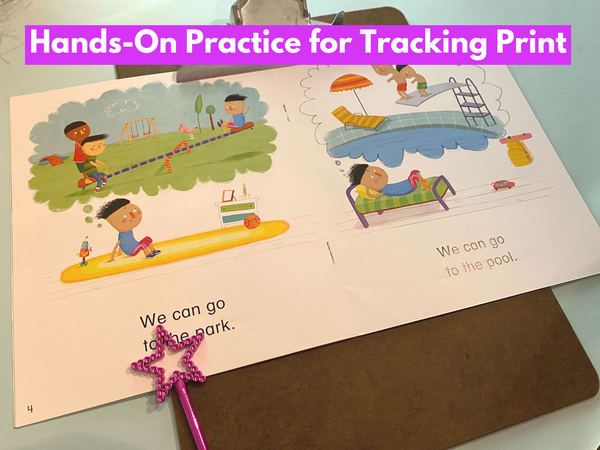
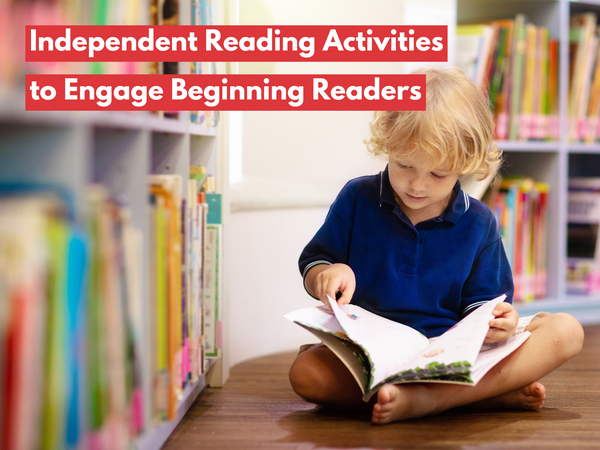
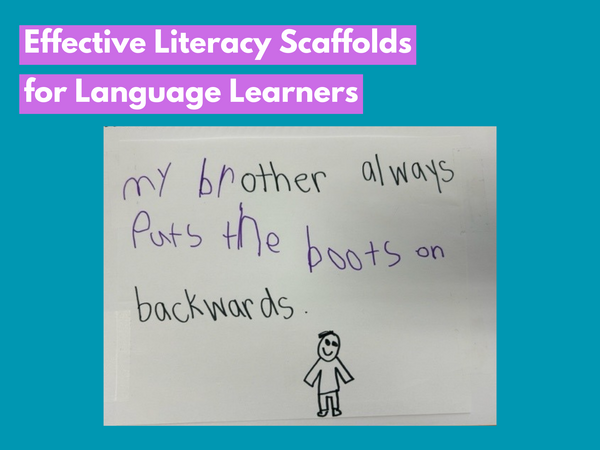
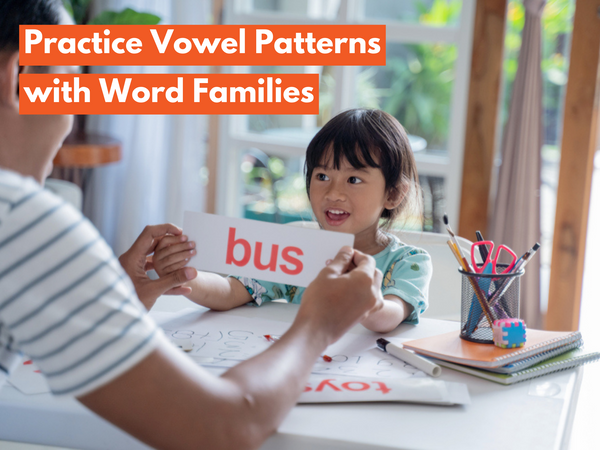

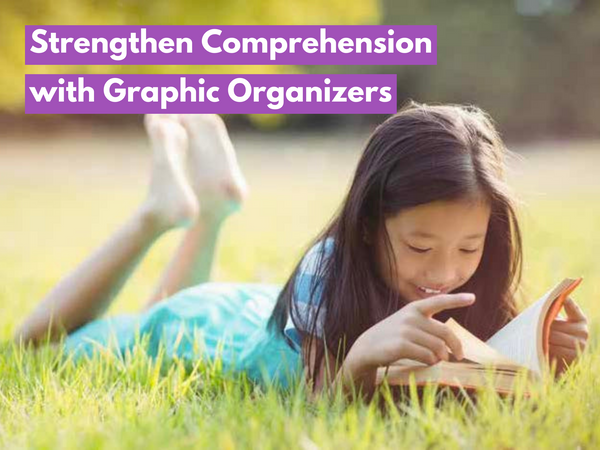
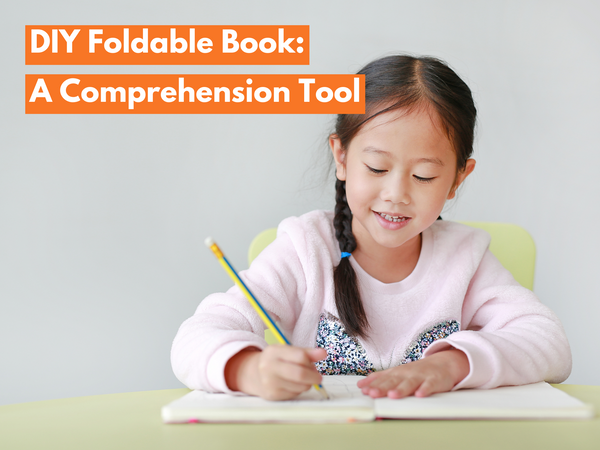
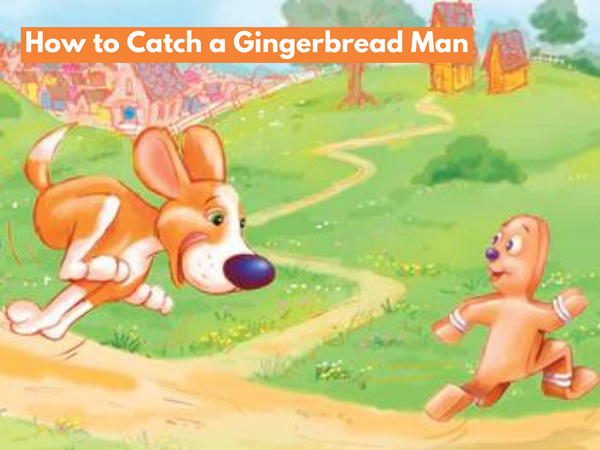
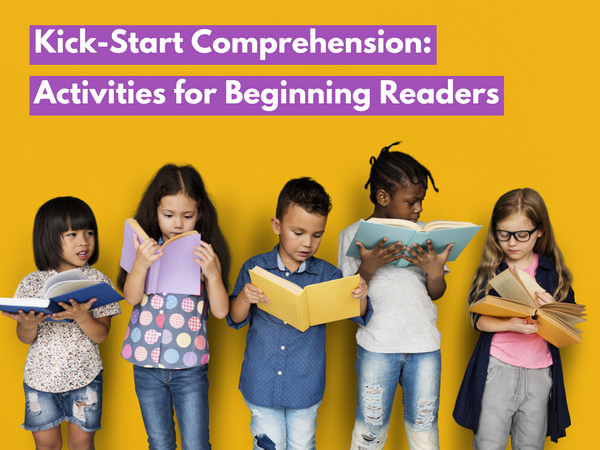
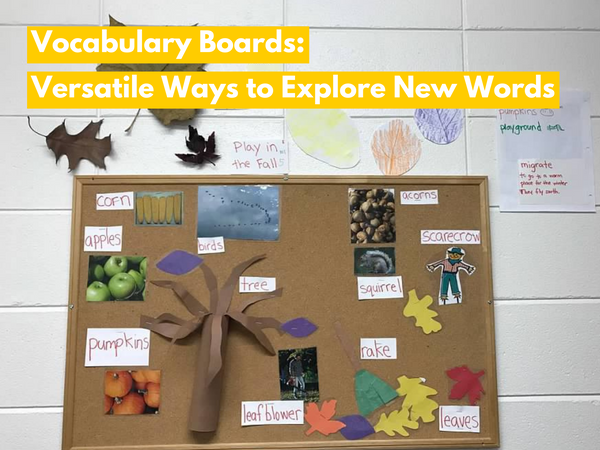
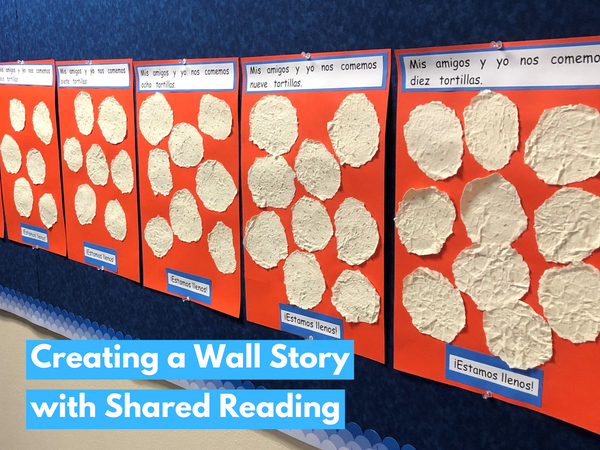
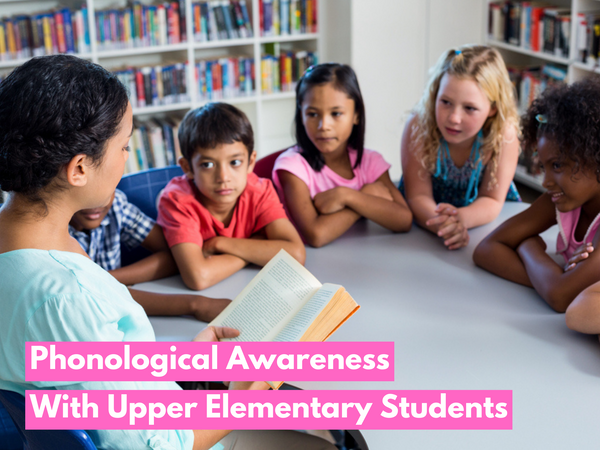
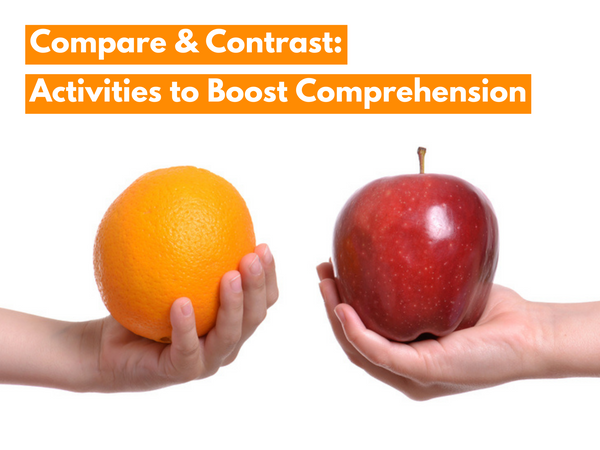
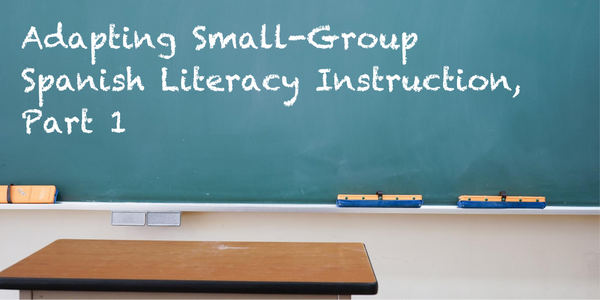
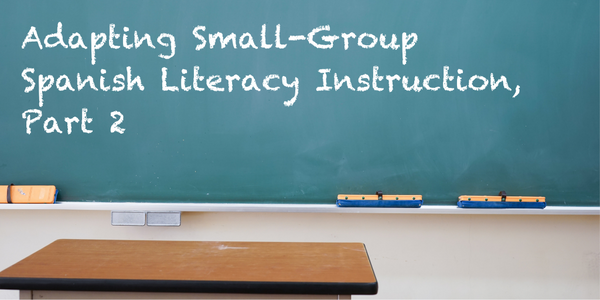
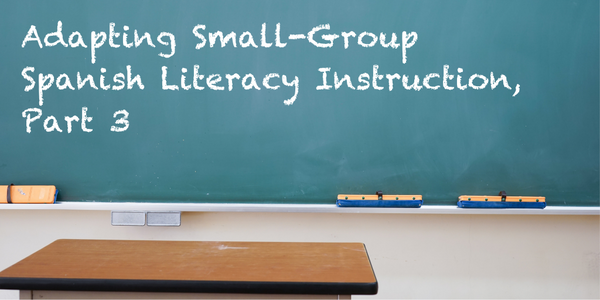

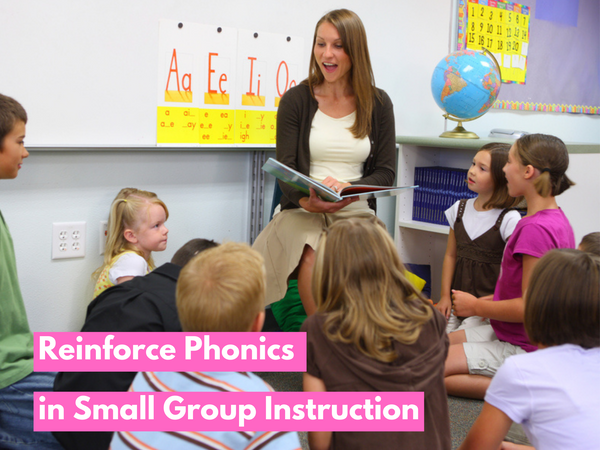

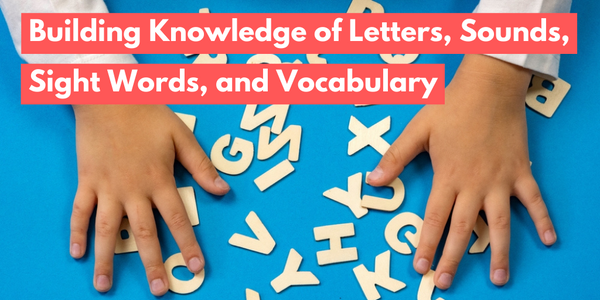

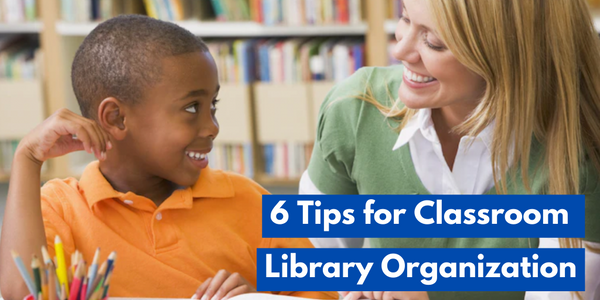

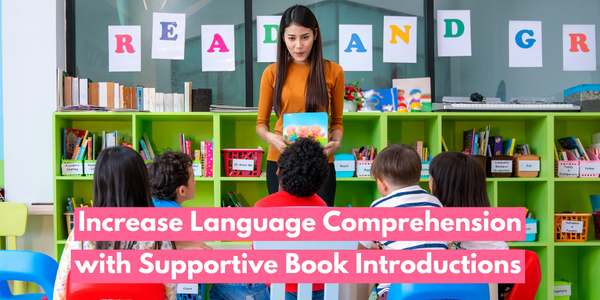

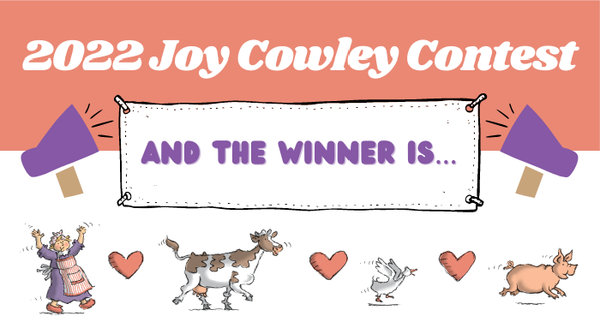


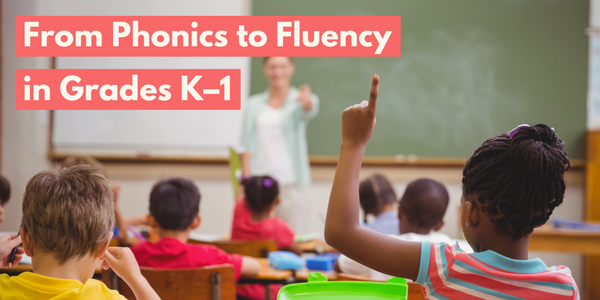
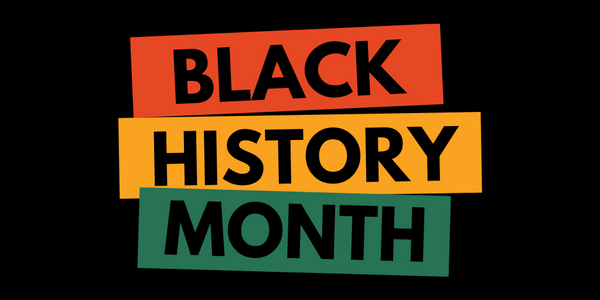
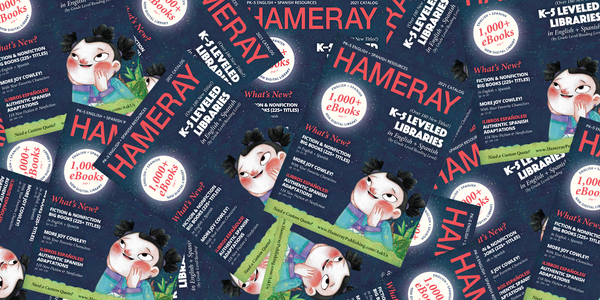
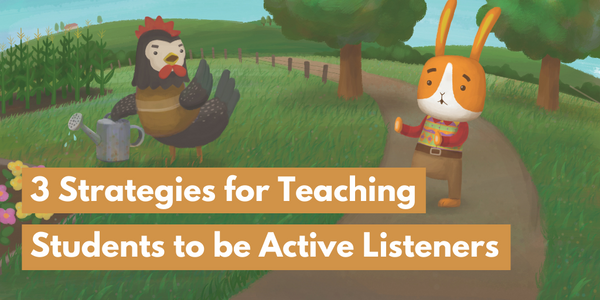
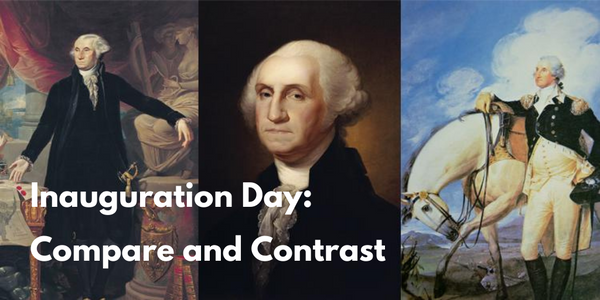
![6 Fun and Easy Activities to Practice Sequencing [Grades K-1]](http://www.hameraypublishing.com/cdn/shop/articles/Red_Typographic_Announcement_Twitter_Post-5_bf1ae163-a998-4503-aa03-555b038d1b76_600x.png?v=1689961568)